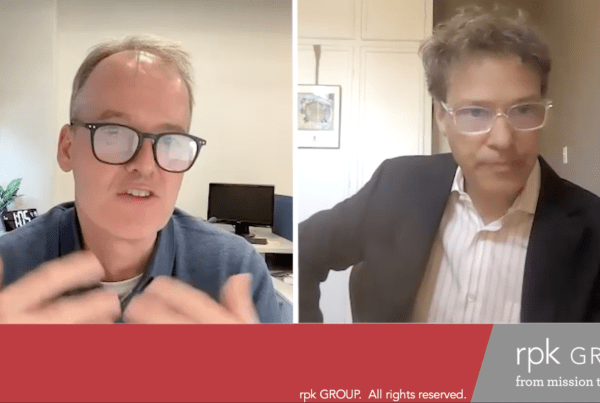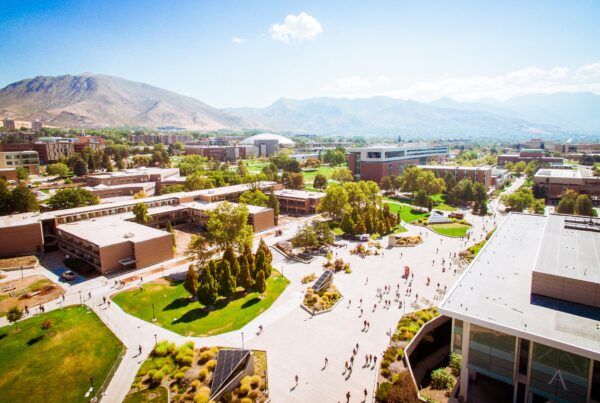My first in-person conference in over three years found me at SXSW EDU in Austin, Texas. I immediately felt the power of gathering with others focused on transforming higher education. SXSW EDU also provided an opportunity to connect and collaborate with my colleagues working in the Bill & Melinda Gates Foundation’s Postsecondary Ecosystem. The ecosystem’s North Star is improved outcomes for Black, Indigenous, Latinx, and students from low-income backgrounds.
The SXSW EDU conference agenda offered an array of options: speakers, sessions, panels, interactive engagements, performances, film screenings, and networking opportunities. Topics included artificial intelligence, diversity and inclusion, affordability, digital learning, and credit mobility. I was overwhelmed.
My engagement both within and outside of sessions affirmed an assumption: that higher education is ready and willing to transform its structures to achieve greater equity and student success. That’s no small thing! I was especially encouraged to learn how:
- New pathways of opportunity are being created that enable students to earn a both high school and associate degree through experiential learning.
- There is a new focus on recognizing what learning has occurred vs. where credits are earned. This shift puts learners at the center of learning and removes unnecessary institutional controls.
- Empathy, kindness, and grace are integral to resetting higher education’s value proposition (perhaps a lasting lesson emerging from COVID-19 experiences). The desire to restructure legacy systems in higher education that perpetuate inequitable access and success for all students was palpable.
The desire to make needed changes in higher education was clearly articulated. What was missing, however, was a fully formed vision for precisely how that would be accomplished. Put another way: what resources—people, time, and money—would be required and where would those resources come from?
This made me cautious. Would existing resources be sufficient if they were successfully reallocated? Higher education’s transformation must be rooted in a sustainable business model. It’s the only way to create the foundation needed to support successful transformation in the long-term.
The good news is that best practices for achieving a sustainable business model are clearly emerging. Those best practices are rooted in three key elements:
- Identifying institutional strengths using a data-supported framework.
- Capturing the needs of the market served—including both students and employers.
- Understanding where strengths and needs intersect to create the resources required for continued reinvestment in mission and student success.
I’m grateful for the opportunity to have gathered and learned at SXSW EDU. When I return next year, my hope is that the agenda will reflect the hard choices that higher education now must make in order to achieve the bold vision shared in 2023.


